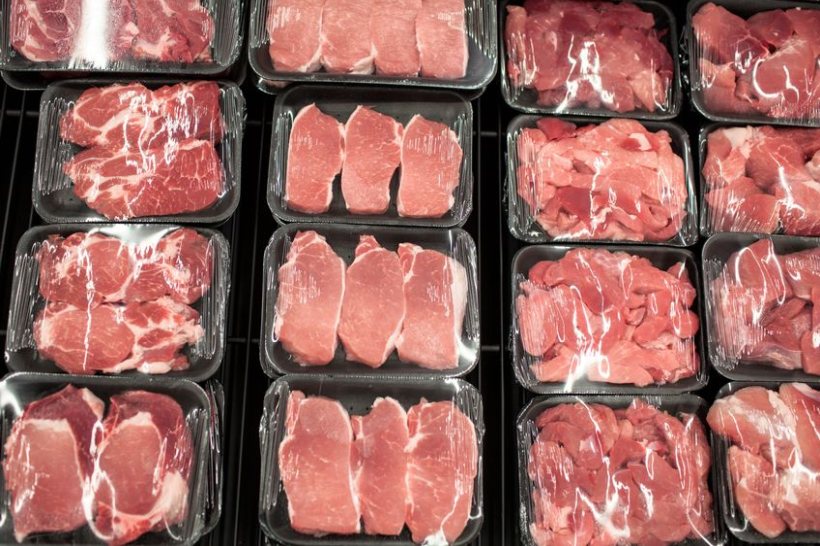
The war in Ukraine could 'hinder' the recovery of the international red meat trade following the major impacts of both Brexit and the pandemic, new analysis says.
UK exit from the EU and Covid caused disruption and delays at channel ports during January 2021, but since then, 'slow and steady' recovery progress had been made.
However, as Russia’s invasion of Ukraine evolves and input costs for farmers and processors increase, the recovery process could be "hindered again" over the coming weeks.
HMRC data for January 2022 shows that beef exports and imports increased by 57% and 45% respectively on the artificially subdued figures of the same month last year, while trade in sheep meat trade saw a rise of 13% in both.
More pig meat has been shipped in and out of the UK too, with a 64 percent rise in exports and an 88 percent hike in imports.
Hybu Cig Cymru – Meat Promotion Wales (HCC) has analysed this information as part of the levy board’s latest analysis.
Glesni Phillips, data analyst said: “The demand for red meat on the UK market has remained firm following changes in consumption habits during the pandemic.
“Current export volumes remain significantly lower than pre-Brexit levels and the five-year average for January, for the sheep sector in particular, although the overall value of exports has held up well.
"The market is beginning to follow seasonal trends again, however, it is unclear when we will return to the normality of 2019.”
Despite not having a direct impact on market prices for livestock at present, HCC's analysis said the Ukraine war was already affecting trading patterns and product movement worldwide.
Both nations are significant grain producers, and the two are major exporters of raw materials for the agricultural sector, including fuel and fertiliser.
Ms Phillips added: “For some months, it’s been clear that strong lamb and beef prices – driven by high retail sales and tight supply – have been partially offset for many farmers by high input costs.
"Welsh livestock farms operate comparatively low-input systems in terms of feed, and are aiming to be ever more so with sustainability in mind.
"But rising feed costs, alongside price rises in fertiliser, fuel and energy, are certain to have consequences for many businesses in all parts of the food supply chain.
“As inflation continues to rise, it is also difficult to forecast demand trends for red meat as consumers feel the squeeze on their household expenditure.”
